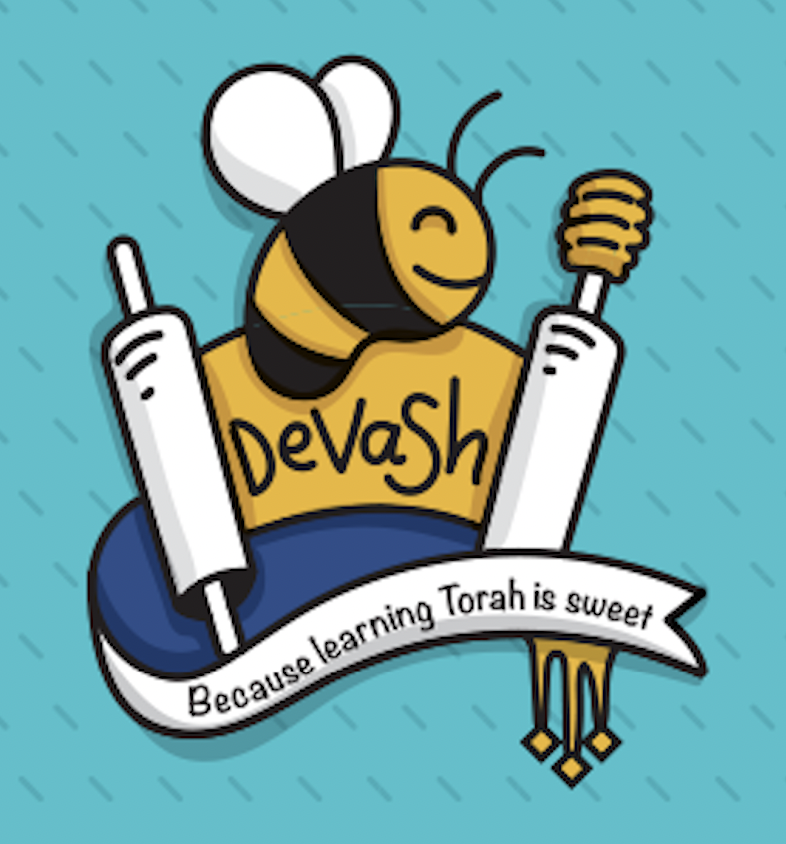
Look closely at the following words and the notes on them from this week’s Torah reading. Notice anything strange?
זָכ֛וֹר֩ אֶת־י֥֨וֹם הַשַּׁבָּ֖֜ת לְקַדְּשֽׁ֗וֹ׃
Remember the sabbath day and keep it holy.
There are actually two sets of notes on these words! One set belongs to what’s called טַעַם עֶלְיוֹן (ta’am elyon), a “higher” and more stretched out version of the usual Torah notes. The other set is part of טַעַם תַּחְתּוֹן (ta’am tahton)—the “lower,” simpler, usual notes.
If you look at עֲשֶׂרֶת הַדִּבְּרוֹת (Aseret Ha-Dibrot, Ten Commandments) in a humash, you will see the regular notes, the ta’am tahton. The special notes usually appear on the side of the page or somewhere at the back of the humash. A tikkun will show you both.
You’ll notice that in ta’am tahton, the usual trop, phrases don’t go on too long, and paragraphs get divided up into lots of verses. But ta’am elyon turns entire paragraphs into long sentences! Why?
Well, ta’am elyon is special for when we read the Aseret Ha-Dibrot, and it treats each דִּיבּור (dibbur, statement) as one long sentence. When we read the Aseret Ha-Dibrot in public, we are reenacting being at Mount Sinai, when the Aseret Ha-Dibrot were spoken by God. Ta’am elyon makes them feel like 10 distinct statements, not just a bunch of verses.
But if you aren’t at a public reading of the Aseret Ha-Dibrot, it’s still a good idea to read the verses to yourself at home, and then you should use the “lower” set of notes if you know how to chant. This reminds us how important community is for really reenacting and experiencing things.
Ta’am elyon is used in three places in the Torah: Shemot 20:2-14, Devarim 5:6-18, and Bereishit 35:22.
-------------------
-------------------





